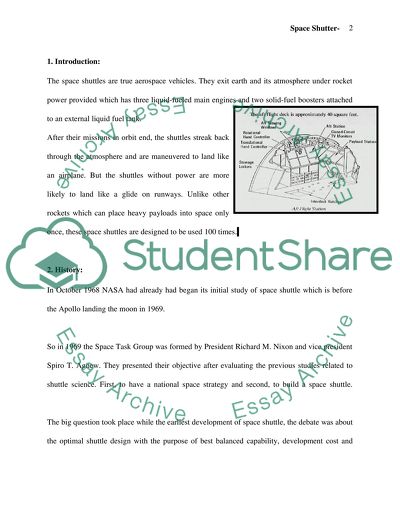Cite this document
(“Space Shuttle Essay Example | Topics and Well Written Essays - 3750 words”, n.d.)
Space Shuttle Essay Example | Topics and Well Written Essays - 3750 words. Retrieved from https://studentshare.org/miscellaneous/1531150-space-shuttle
Space Shuttle Essay Example | Topics and Well Written Essays - 3750 words. Retrieved from https://studentshare.org/miscellaneous/1531150-space-shuttle
(Space Shuttle Essay Example | Topics and Well Written Essays - 3750 Words)
Space Shuttle Essay Example | Topics and Well Written Essays - 3750 Words. https://studentshare.org/miscellaneous/1531150-space-shuttle.
Space Shuttle Essay Example | Topics and Well Written Essays - 3750 Words. https://studentshare.org/miscellaneous/1531150-space-shuttle.
“Space Shuttle Essay Example | Topics and Well Written Essays - 3750 Words”, n.d. https://studentshare.org/miscellaneous/1531150-space-shuttle.


